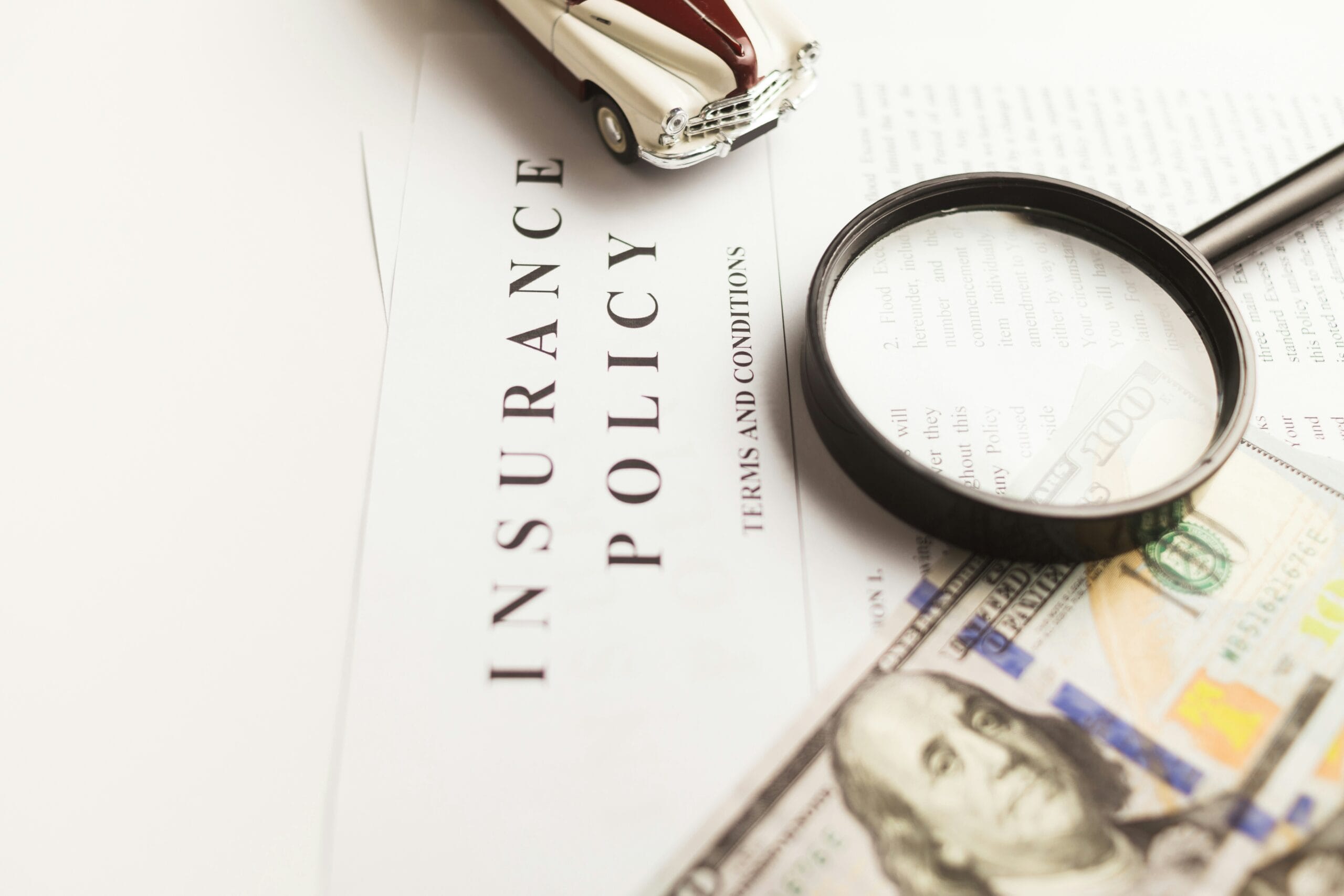When it comes to protecting your vehicle, insurance plays a vital role. Having at least third-party car insurance is a legal requirement in India as per the Motor Vehicles Act 1988. But is third-party coverage truly sufficient to safeguard your interests? Accidents can happen unexpectedly, and the costs can add up quickly. By understanding the limitations of third-party insurance, you can make a more informed decision to ensure you’re fully protected on the road.

Let’s explore why relying on third-party car insurance might not be enough and why considering additional coverage could be a better choice.
Understanding Third-Party Car Insurance
Before looking into its limitations, it is essential to understand what third-party car insurance covers. This type of insurance primarily pays for:
- Third-Party Property Damage: Third-party liability insurance covers repairing or replacing the other party’s vehicle or property if you’re at fault in an accident.
- Third-Party Bodily Injury: It also covers medical expenses if you cause injury to someone else in an accident.
However, third-party insurance does not cover:
- Damage to your vehicle: If your car is damaged in an accident you caused, you’re responsible for the repair costs.
- Your medical expenses: This insurance won’t cover injuries you sustain in an accident.
- Natural disasters: Damage from floods, storms, or earthquakes is not covered.
Financial risks of relying solely on third-party insurance
Relying only on third-party insurance can expose you to significant financial risks:
- Repair costs: Car repairs can be expensive. Without coverage for your vehicle, you’ll have to bear the full cost out of pocket.
- Medical bills: Medical treatments can add up quickly, especially if injuries are severe. Paying these costs yourself can lead to financial strain.
- Legal issues: If the accident is severe, you might face legal actions from the other party for additional damages not covered by insurance.
- Temporary Transportation Expenses: If your car is damaged and you lack coverage, you may need to rent a vehicle, which can lead to increased expenses.
Limited protection in personal situations
Third-party liability insurance offers limited protection in various personal situations:
- Accidents: Even if you’re not at fault, your insurance won’t cover your repairs or medical expenses. You’d have to rely on the other party’s coverage, which can be a hassle.
- Uninsured drivers: If you’re involved in an accident with an uninsured driver, third-party insurance won’t cover your losses since it only deals with the other party’s liabilities.
- Personal belongings: Items inside your car, like electronics or personal belongings, aren’t protected under third-party coverage.
Peace of mind with comprehensive coverage
Opting for more comprehensive insurance can offer greater peace of mind. Here’s how:
- Complete vehicle coverage: Comprehensive insurance covers damage to your vehicle, regardless of who’s at fault. This means you won’t have to worry about unexpected repair bills.
- Medical expenses: It can cover your medical bills, ensuring you’re not left financially vulnerable after an accident.
- Natural disaster coverage: Your car is protected from various natural events, giving you confidence even in unpredictable weather.
The actual cost of insurance
While comprehensive insurance costs more than third-party coverage, it’s essential to consider the long-term benefits:
- Protecting your asset: Your car is a significant asset. Comprehensive insurance ensures that this investment is protected against various risks.
- Avoiding financial stress: Full coverage can save you from unexpected financial burdens in an accident or other mishaps.
- Legal compliance and beyond: While third-party liability insurance meets legal requirements, comprehensive coverage often includes additional benefits that enhance your overall protection.
The importance of assessing your needs
Choosing the right insurance depends on your individual needs and circumstances:
- Vehicle value: Comprehensive insurance can protect your assets if your car is new or valuable.
- Personal finances: Consider whether you can pay for repairs or medical bills out of pocket if something goes wrong.
- Usage patterns: Additional coverage might be wise if you drive frequently or live in an area prone to accidents or theft.
- Peace of mind: Beyond financial protection, comprehensive insurance provides peace of mind, knowing you’re covered in various scenarios.
- Natural disasters: Comprehensive insurance covers damages from events like floods, hail, or storms, which aren’t typically covered by standard insurance.
- Animal damage: If you hit an animal or your car is damaged by one, comprehensive insurance can help cover the costs.
- Glass repair often includes coverage for broken windshields or windows, making repairs more straightforward and affordable.
- Rental car coverage: Some policies cover the cost of a rental car while yours is being repaired, so you’re not left without transportation.
- Accessory protection: Comprehensive insurance may cover aftermarket parts and accessories you’ve added to your car, like a new stereo or custom wheels.
- Total loss protection: If your car is deemed a total loss after an accident, comprehensive insurance helps you get a fair payout to replace it.
Balancing cost and coverage
It’s natural to be concerned about the cost of more comprehensive insurance. However, think of it as an investment in your security:
- Monthly premiums vs. potential costs: While premiums are an ongoing expense, they can prevent much larger unexpected costs in the event of an accident or damage.
- Enhanced Coverage Options: Comprehensive insurance often includes additional protections such as roadside assistance, rental reimbursement, and coverage for natural disasters, providing greater security.
- Flexible Payment Plans: Many insurers offer various payment options, allowing you to spread your premiums to fit your financial situation and make comprehensive coverage more accessible.
Making an informed decision
Before deciding on the type of car insurance to purchase, take the following steps:
- Evaluate your needs: Consider your car’s value, how much you drive, and your financial situation.
- Understand the terms: Ensure you understand what the policy doesn’t cover.
- Seek advice: Don’t hesitate to ask insurance agents or financial advisors for tailored guidance.
Conclusion
While third-party car insurance meets basic legal requirements and provides essential coverage, it falls short of protecting you fully. The financial risks and limited protection it offers can leave you vulnerable in various situations. By opting for more comprehensive coverage, you protect your vehicle, secure your financial well-being, and gain peace of mind.








